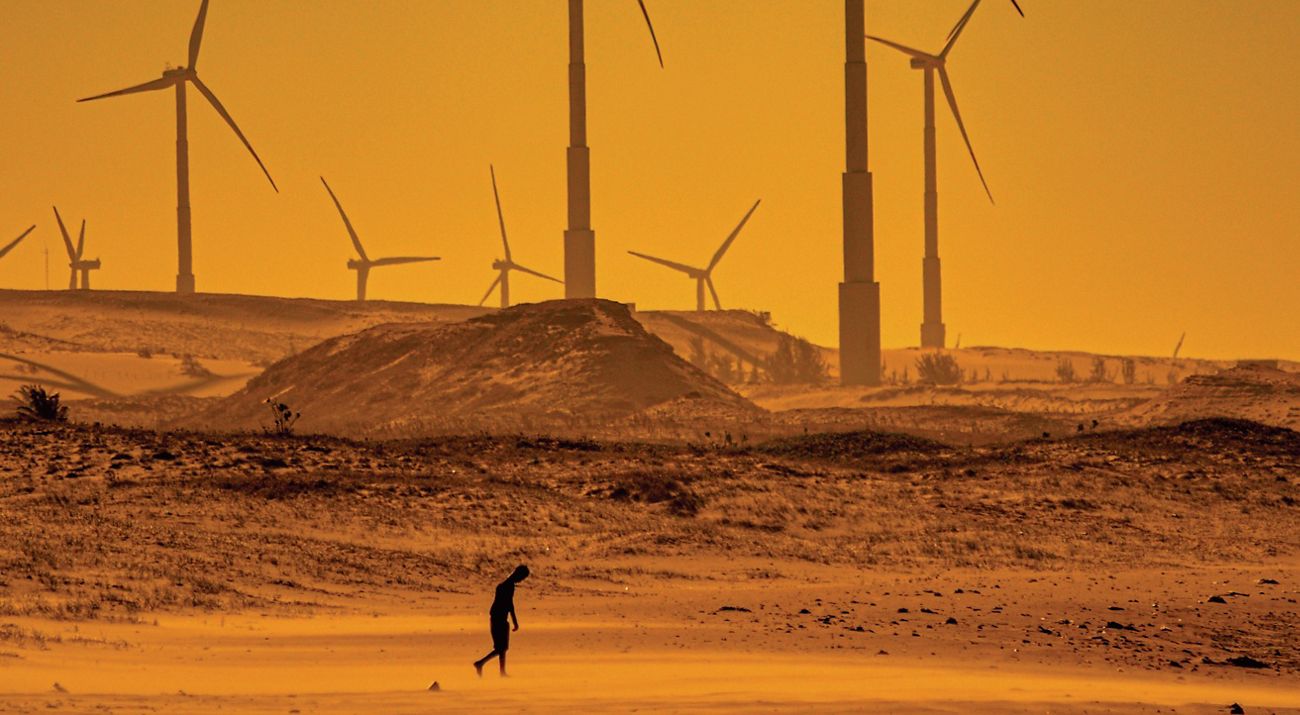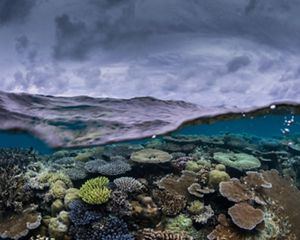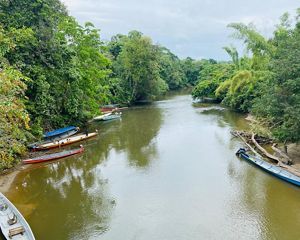From Record-Breaking Temperatures to Tipping Points: An Ever-Decreasing Gap
Increasingly high temperatures already affect millions of people around the world, and their consequences are also serious for nature.
By Edenise Garcia, Science Director at TNC Brazil
The northern hemisphere meteorological summer of 2023 has been marked in climate records as the hottest period experienced by our planet since global temperatures began to be recorded in 1880. This shocking finding arises from an exhaustive analysis carried out by an outstanding team of scientists affiliated with NASA's Goddard Institute for Space Studies (GISS), based in New York. During the months of June, July and August, the average temperature was 0.23°C higher than any other summer documented by NASA and was a staggering 1.2°C higher than the summer average between 1951 and 1980. Likewise, August stood out for its unique warmth, exceeding the average temperature by 1.2°C.
During El Niño, which recurs every three to seven years, the trade winds weaken above the tropical Pacific Ocean, allowing warmer waters to travel eastward across the equatorial Pacific. This causes some regions of the planet to warm more than normal. Add to the El Niño effect a scenario whereby a warmer atmosphere is due to human actions, and the result is heatwaves, forest fires, floods and exacerbated tropical cyclones, among other extreme events.
This summer's heat in the northern hemisphere has already affected millions of people. Temperatures in Europe and North America were, respectively, 2 and 2.5 degrees Celsius hotter than average in July, which would be virtually impossible without the contribution of human-induced climate change. In Canada, the heat wave caused the wildfire season to start very early and to be more extensive and severe, generating episodes of intense smoke in several regions of the country and beyond, even reaching New York City, almost 2,000 kilometers away from the hotspots. In South Korea, dozens of people lost their lives as a result of floods and landslides. China experienced another scorching heatwave less than two weeks after temperatures broke records in Beijing. Extreme heat in India has been linked to deaths in some of its poorest regions. Mexico, the UK, Italy and Greece and their respective populations have also been severely affected.


However, it is not just people who are suffering the effects of excessive heat. The waters off Florida's southern coast have reached 38.38 degrees Celsius, a new global record. At these temperatures, critical coral ecosystems undergo bleaching, which puts them at risk of disease and death. In addition, high water temperatures promote toxic algal blooms, which can decrease oxygen concentration and lead to mass fish kills.
In the southern hemisphere, where it is still winter, the situation is calmer for the time being, but impacts are already predicted to be enhanced by the El Niño-climate change combination, including likely record-breaking wildfires in Australia by December as well as severe droughts in South America and southern Africa.
Quote
As global temperatures rise, polar ice sheets, Atlantic Ocean circulation, tropical and boreal forests, and coral reefs are increasingly at risk of collapsing and contributing to global warming itself.
According to scientists who study climatic “tipping points,” the amplified temperature events observed today are approaching such a point. A tipping point represents a critical threshold that, when crossed, leads to large and often irreversible changes in the climate system, which can affect the balance of natural systems and trigger ecological tipping points. As global temperatures rise, polar ice sheets, Atlantic Ocean circulation, tropical and boreal forests, and coral reefs are increasingly at risk of collapsing and contributing to global warming itself: in other words, tipping point feedback. As well as extreme temperatures, several other stressors may contribute to ecological tipping points being reached much faster than anticipated.
In the case of the Amazon, for example, the increase in average temperature can directly affect the hydrological cycle, intensifying the impacts of deforestation and generating longer periods of drought, which contribute to more extensive and intense forest fires. In addition to deforestation and fire, other stresses such as overgrazing and soil degradation, expansion of agriculture and the use of agricultural nitrogen inputs contribute to the release of methane, nitrogen compounds and CO2, thus releasing more greenhouse gasses into the atmosphere, making the climate hotter and drier, and accelerating forest loss as part of a vicious cycle. To top it off, this year's El Niño is expected to replicate the catastrophic 2016-2017 fire season in the Amazon, the time of the last El Niño, when the most intense fires observed in the region were recorded.

Quote
Amid record global heat and the ecological and human risks caused by high temperatures, climate action efforts remain insufficient and slow.
Amid record global heat and the ecological and human risks caused by high temperatures, climate action efforts remain insufficient and slow. A July meeting in India of the world's richest nations ended without a commitment to phase down fossil fuel use or increase renewable energy development. Earlier, for ten days last June in Bonn, Germany, negotiators from nearly 200 countries tried unsuccessfully to lock in a provisional agenda for COP 28, which will be held in Dubai later this year. While all signatories to the UN Convention to Combat Climate Change agree that an energy transition is needed, negotiations stalled due to disagreements over financing the fight against climate change.
These outcomes could be repeated during COP28 and undermine the Paris Agreement's key goals of limiting warming to just 1.5 degrees Celsius and preventing global average temperatures from rising by more than 2 degrees Celsius above pre-industrial levels by the end of the century. Without agreement or compliance, the planet will continue to warm and increases in temperature are likely to exceed 1.5 degrees Celsius in the near term. Thus, the sample of record heat currently experienced in the northern hemisphere will gain global amplitude and could become the new temperature normal.
Originally Published in Galileu.com
August 4, 2023
See Original



